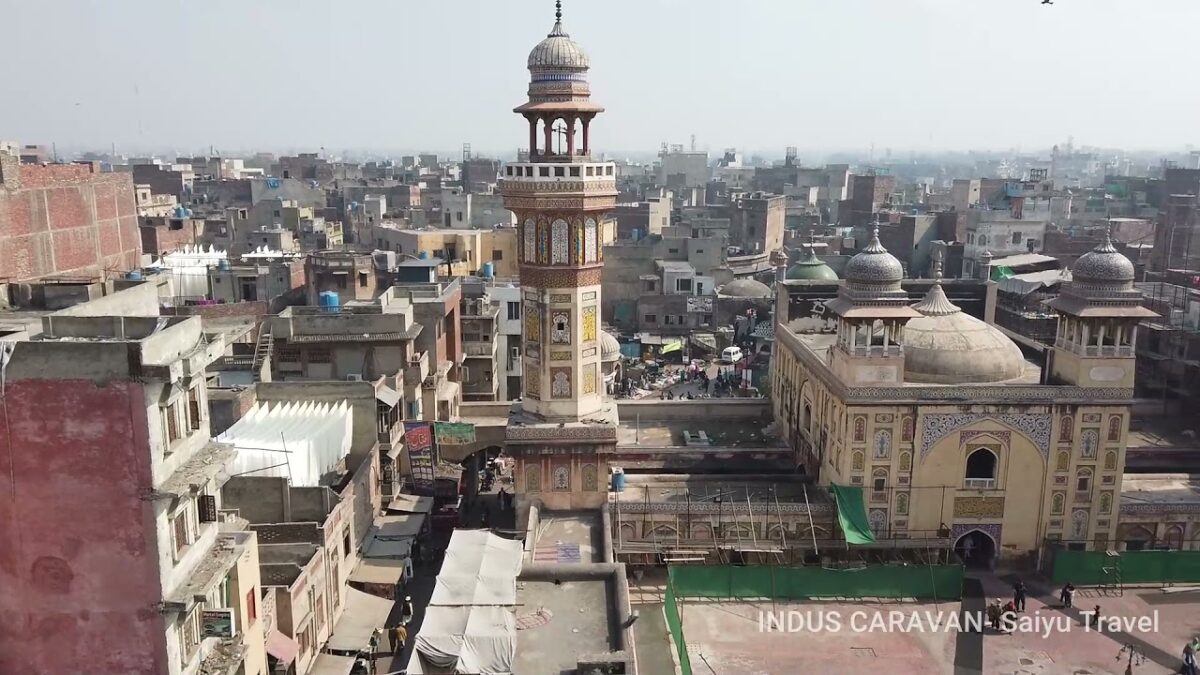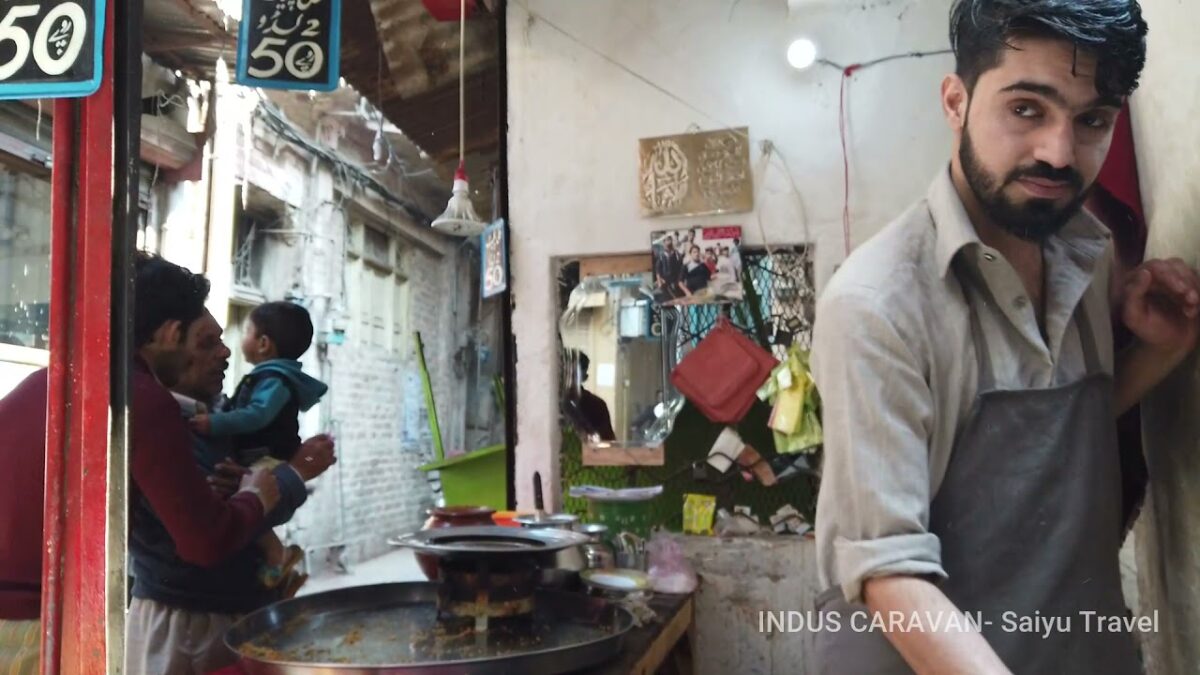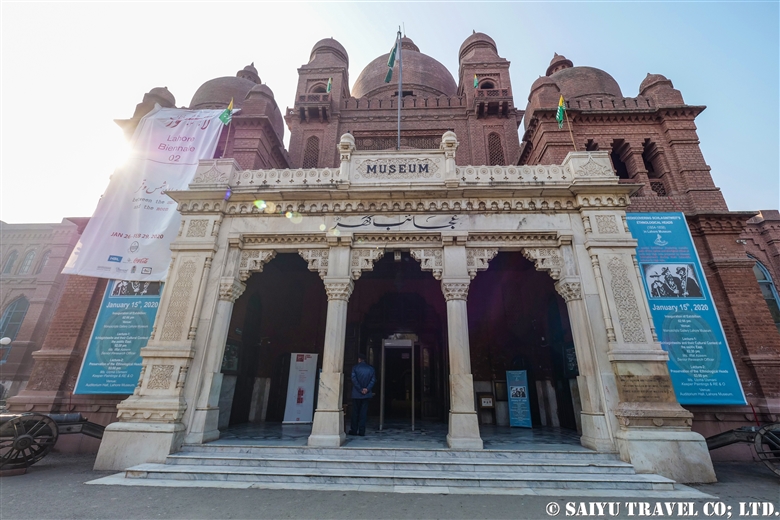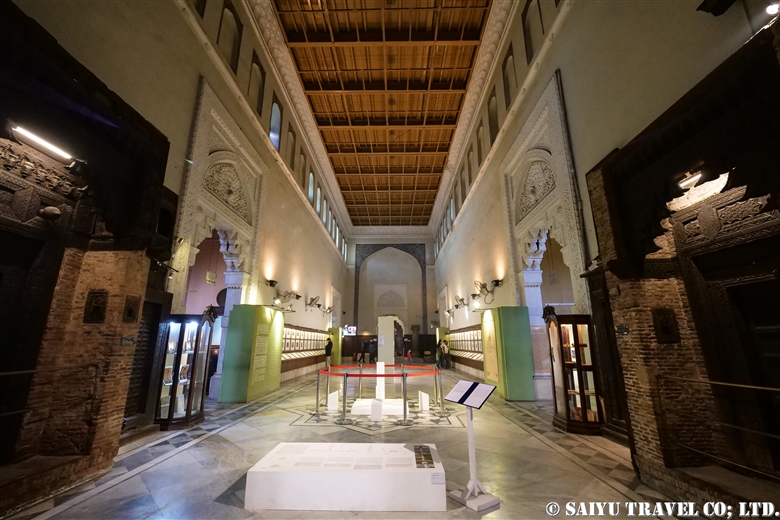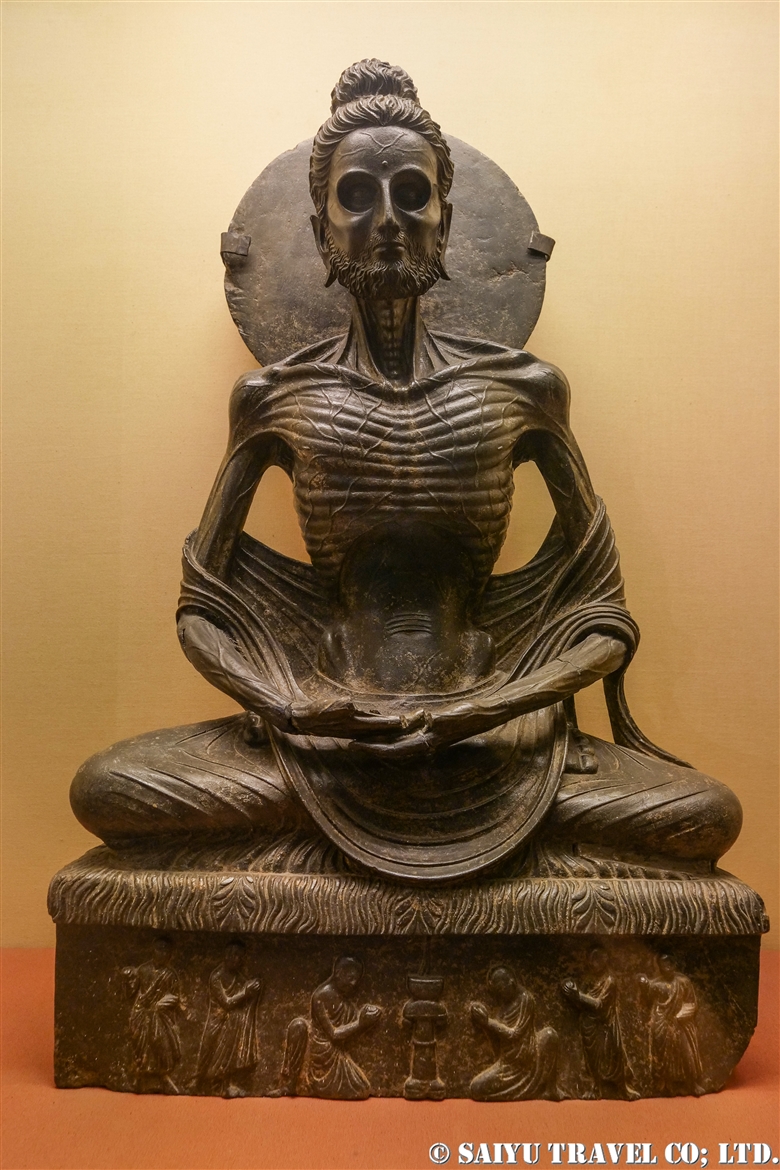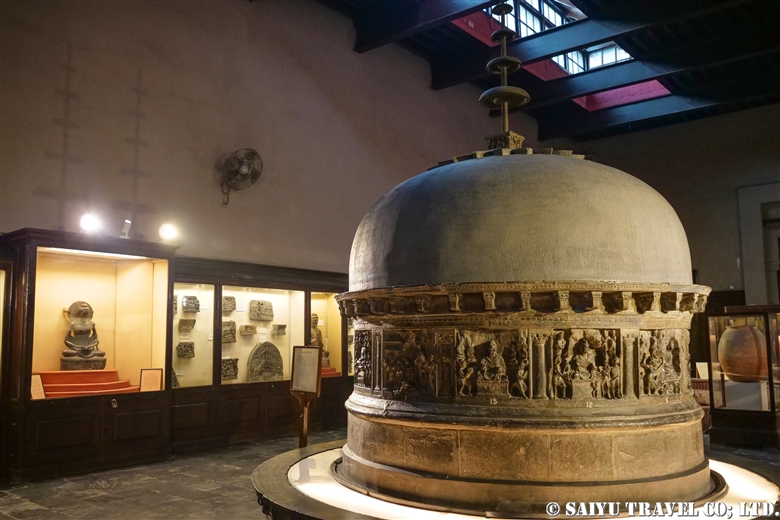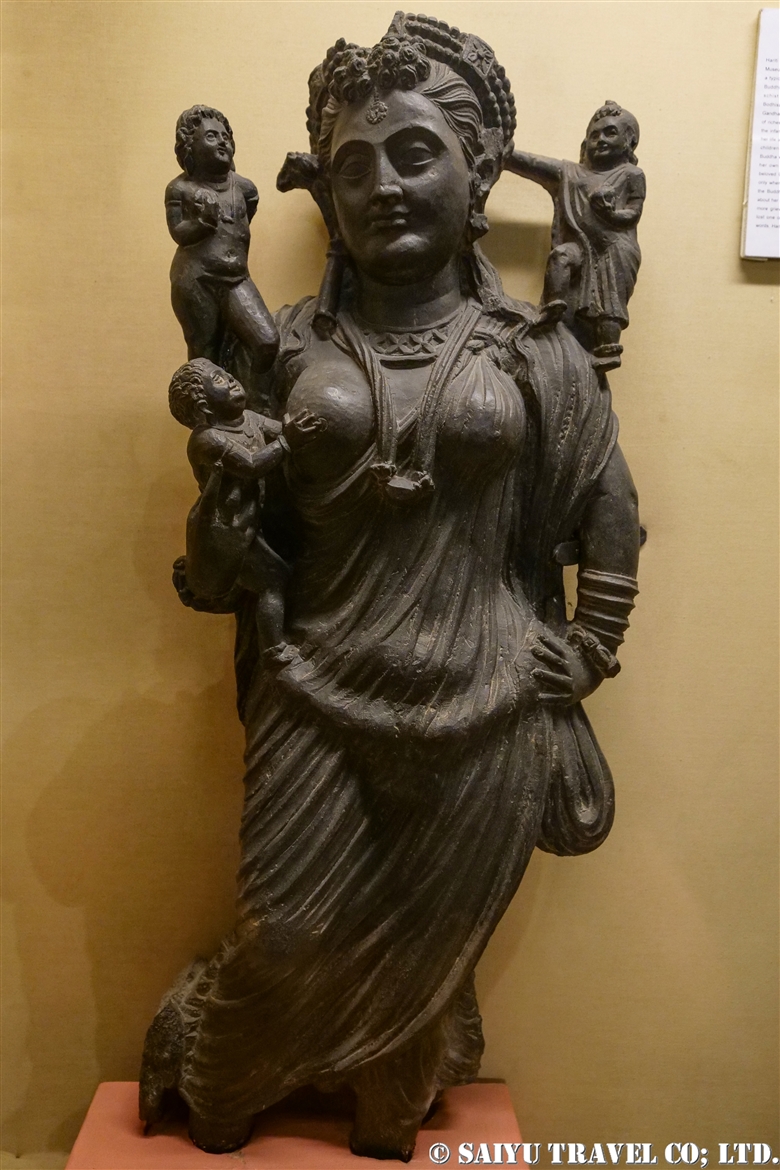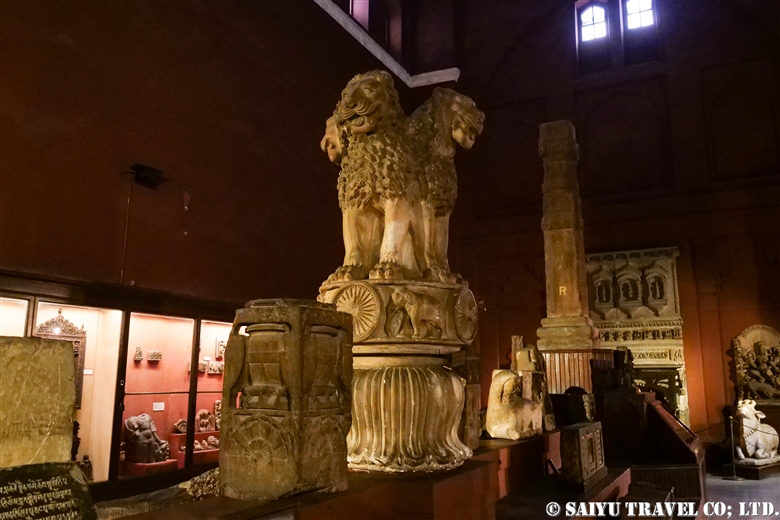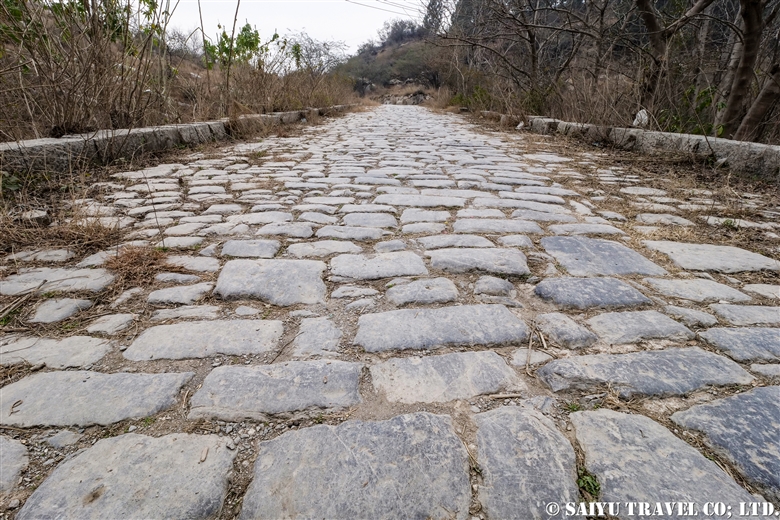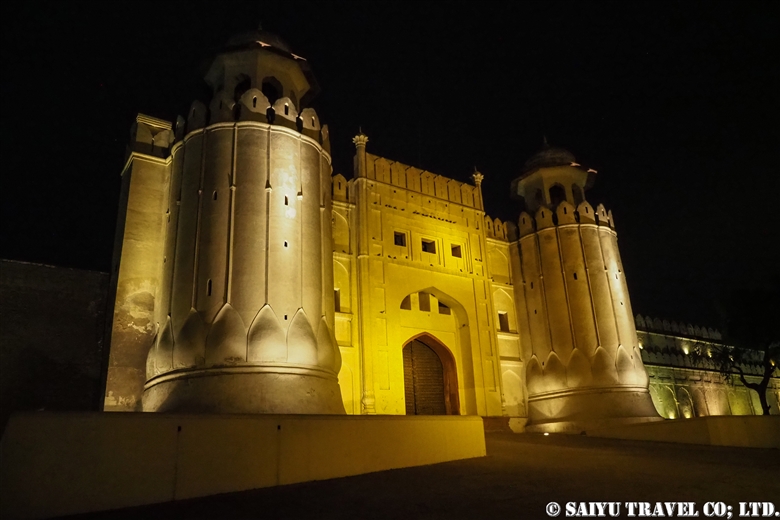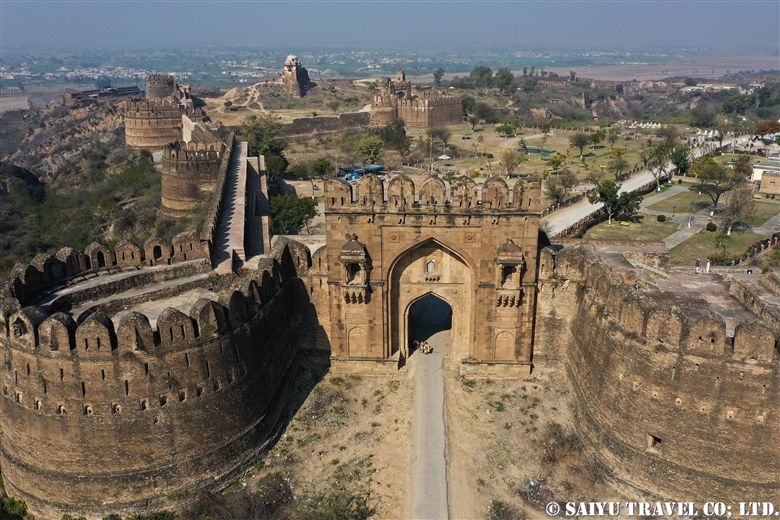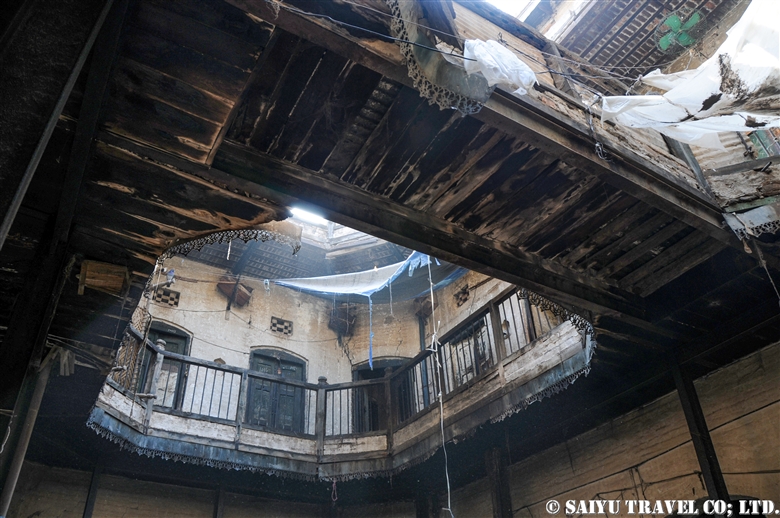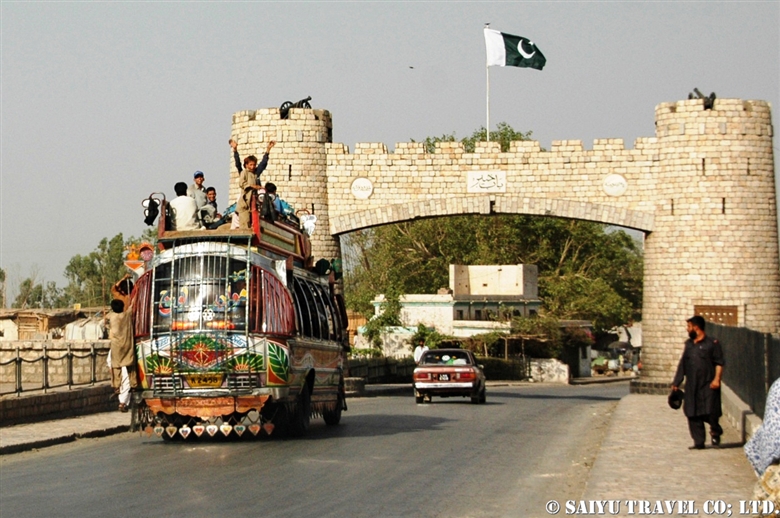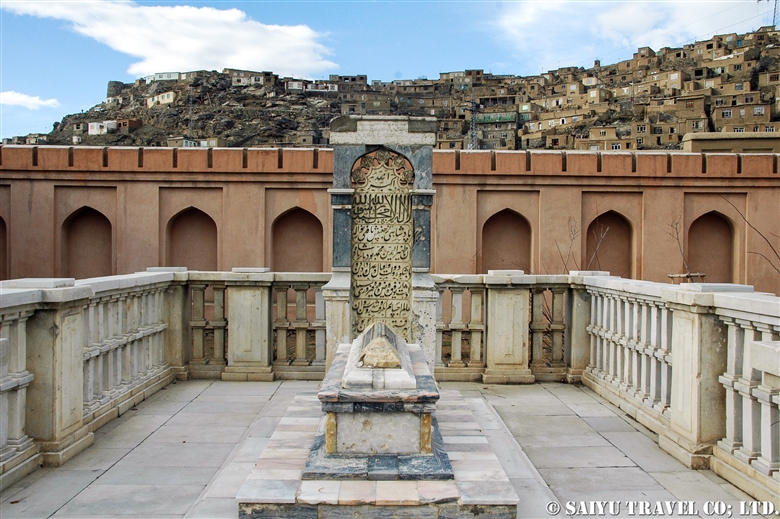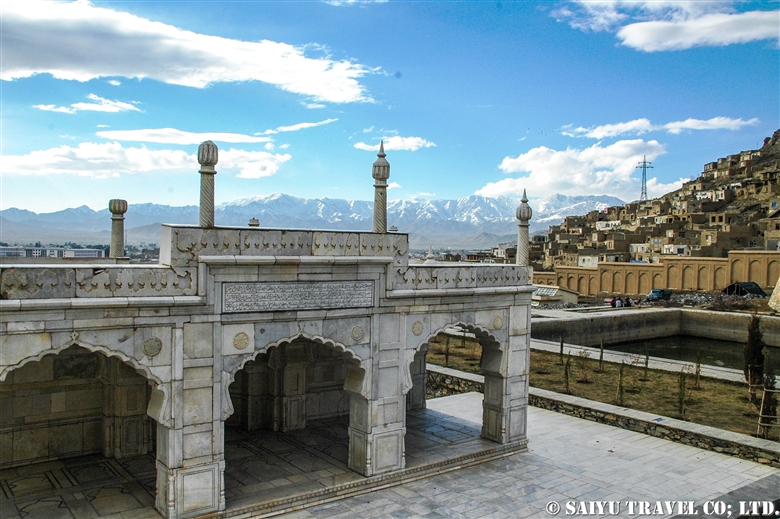One of the 17th Century Mughal Heritage Sites in Lahore’s Old Town is the Wazir Khan Mosque.
Built during the reign of Emperor Shah Jahan, the intricate faience tile decoration of the courtyard façade, called “Kashi-Kari,” incorporates the Persian architecture of the time. Frescoes fill the interior of the mosque’s main prayer hall.
Since 2009, this mosque has been one of the tourist highlights of Lahore, due to extensive restoration work done funded by the Punjab Government and the Aga Khan Cultural Fund.
Wazir Khan Mosque LAHORE
Videograhy : Mariko SAWADA
Visit : Feb 2020 , Lahore, Punjab
Category : = Video Clip Punjab > - Monument / Heritage of Punjab > ◆ Video Breathtaking Views of Pakistan > ◆ Punjab > - LahoreTag : Saiyu Travel Pakistan , Walled city of Lahore , Lahore old city , Lahore Bazaar , Unesco World Heritage Pakistan , Lahore Old Bazaar , Lahore , Pakistan Travel company , Pakistan Blog , Pakistan tour operator , Pakistan Travel Blog , Lahore city tour , Wazir Khan Mosque , Lahore walled city , Indus Caravan , Pakistan Photography Tour





